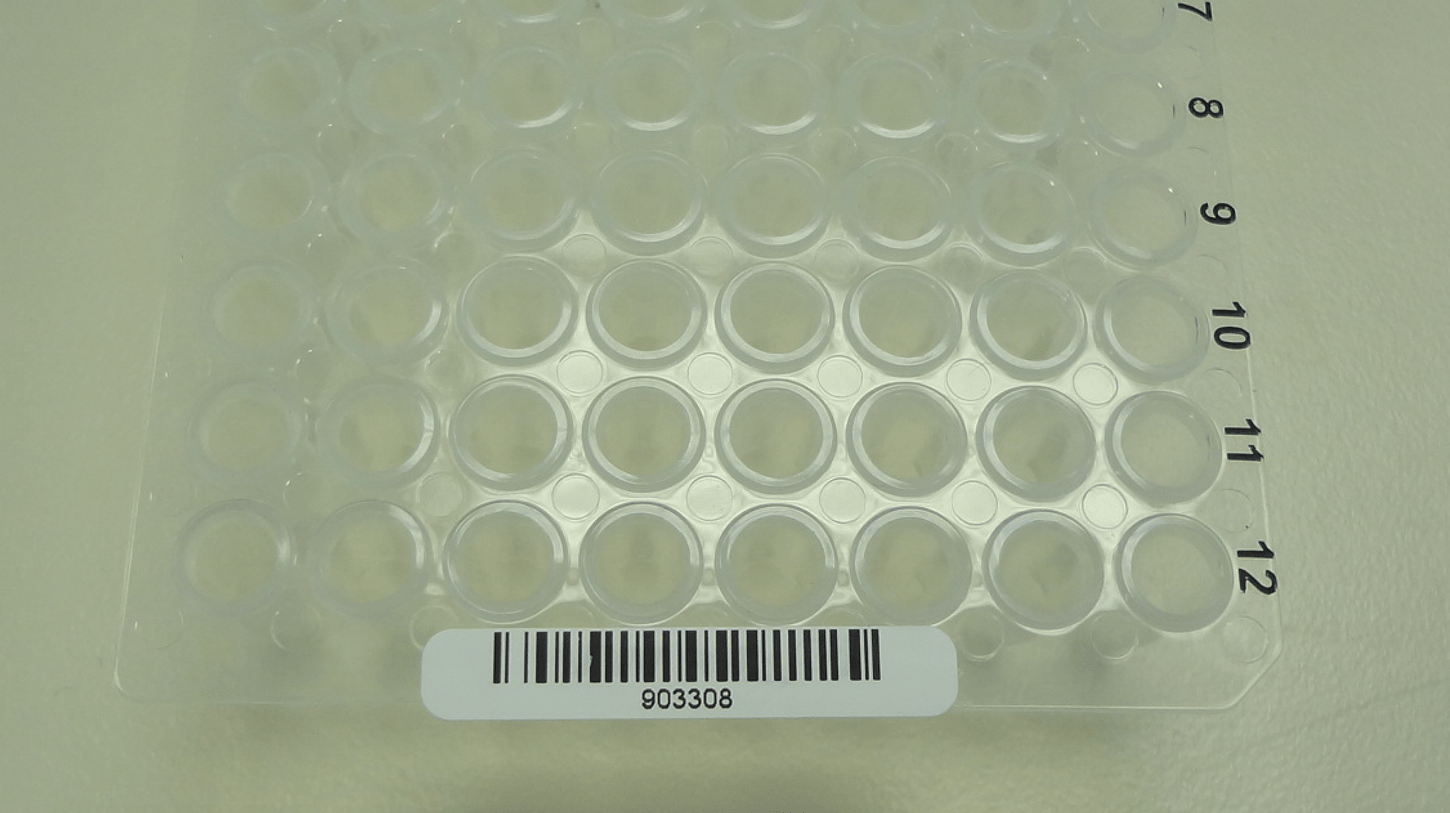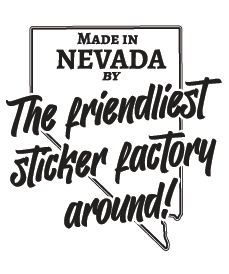 While most of our freezer labels are used for labeling food, there’s one category we make specifically for scientific and medical use: cryogenic labels. These special freezer labels must be able to handle extreme cold without deadening, breaking, or cracking, and some may have to last for many years.
While most of our freezer labels are used for labeling food, there’s one category we make specifically for scientific and medical use: cryogenic labels. These special freezer labels must be able to handle extreme cold without deadening, breaking, or cracking, and some may have to last for many years.
It all depends on the equipment or containers the cryogenic labels are used on. For cryogenic suspension, the cryogenic labels may have to last for decades.
If you’re wondering what cryogenic suspension is, it’s basically the freezing of human bodies or body parts in hopes that the illnesses or injuries that killed those individuals might be treatable in the future, when they can be “thawed out” and repaired.
Obviously, these are very optimistic people, but who knows? They may have reason to be optimistic. And until they’re revived, they’ll need good cryogenic labels to make sure everyone who takes care of them knows who’s who.
It would be embarrassing to have the first thing someone asks you when you woke up in the year 3012 be, “Okay, so who are you?” Assuming you could understand what they said.
But we digress.
Some cryogenic labels may be used in cold electronics labs, because electronics work better at cool temperatures. Some work best at very cool temperatures, because electricity conducts almost effortlessly through some materials at cryogenic temperatures. This is especially important for experimental purposes.
However, most cryogenic labels are used for more prosaic purposes, like labeling containers and machinery used in cryogenic labs or freezers. Mostly, the materials they adhere to are made of easily sterilized steel, glass, or tough plastics.
This gives them a nice smooth surface to adhere to, but the real challenge, again, is for cryogenic labels to maintain tack (stickiness) no matter how cold it gets, which isn’t easy when the mercury drops below Antarctic levels.
These special freezer labels must be especially durable, with the capability of handling low temperatures as well. At the very least, they should be able to handle temperatures to well below -112° F. This is the freezing point of dry ice (solid carbon dioxide), which is often used for quick cooling and shipping, since it melts directly to a gas without a liquid state.
A good pressure sensitive cryogenic label also needs to be able to handle application while the item labeled is in a very cold state. Ours can handle temperatures as low as -20° F, as long as the surface to which they’re applied is dry and clean.
Need some dependable cryogenic labels? We’ll be glad to print some for you or provide blank versions you can print for your own use. Just call us or use our quote form to get a quote ASAP.




